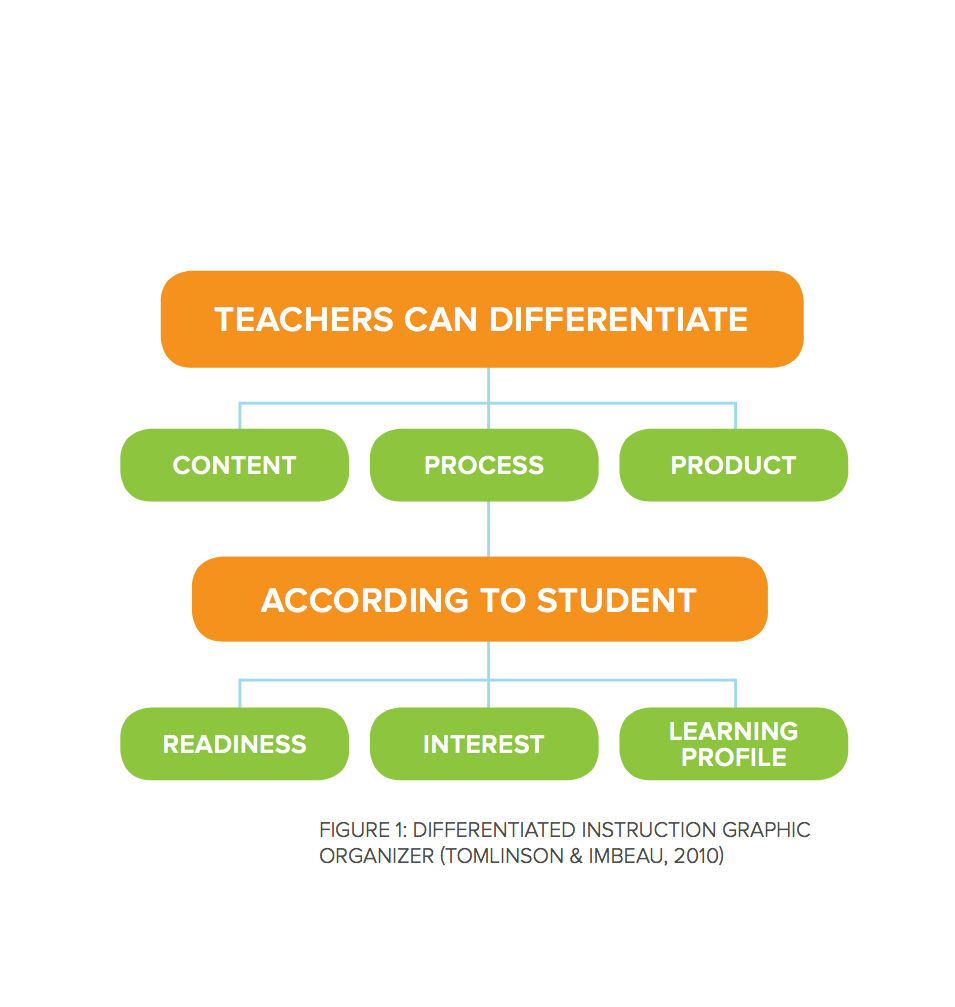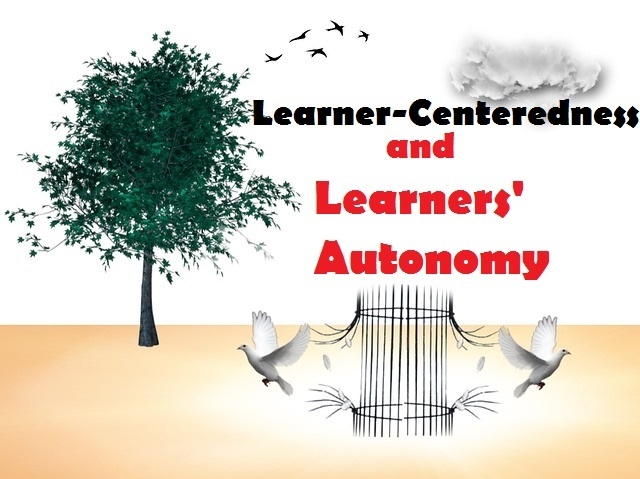What Is Differentiated Instruction?
Many teachers have never heard about differentiated instruction, or they heard about it and they do not understand what it means.
So, what is differentiated instruction?
Differentiated instruction refers to the practice of tailoring teaching methods to address the diverse needs of students. Whether through modifying content, process, products, or the learning environment, the goal is to enhance learning by recognizing and addressing individual differences. This approach relies on ongoing assessment and flexible grouping to ensure effective instruction.
At its core, differentiated instruction involves teachers adapting their teaching strategies to accommodate the varying abilities and interests of students in the classroom. When a teacher adjusts their methods to cater to the needs of an individual or a small group, they are engaging in differentiated instruction.
Teachers can differentiate in four key areas based on student readiness, interests, or learning profiles:
- Content: What the student needs to learn or how they will access the information.
- Process: Activities that help students understand or master the content.
- Products: Projects that allow students to apply and demonstrate their learning.
- Learning Environment: The physical and psychological aspects of the classroom that influence learning.
Differentiating Content
Examples of how content can be differentiated in an elementary classroom include:
- Using reading materials at various levels of difficulty.
- Providing audio versions of text materials.
- Offering spelling or vocabulary lists tailored to different readiness levels.
- Presenting ideas through both auditory and visual means.
- Pairing students with reading buddies.
- Organizing small group sessions to re-teach concepts or to extend learning for advanced students.
Differentiating Process
Examples of differentiating the learning process include:
- Implementing tiered activities where all students engage with the same core concepts but at varying levels of complexity or support.
- Setting up interest centers that allow students to explore topics of personal interest.
- Creating personal agendas that combine class-wide tasks with individual assignments.
- Offering hands-on materials for students who benefit from tactile learning.
- Adjusting the time allotted for tasks to provide additional support or to encourage deeper exploration of a topic.
Differentiating Products
Examples of differentiated products include:
- Allowing students to choose how they demonstrate their learning, such as through a puppet show, letter, or mural.
- Using rubrics that reflect the diverse skill levels of students.
- Providing the option to work individually or in small groups.
- Encouraging students to design their own assignments, provided they meet the required criteria.
Differentiating the Learning Environment
Examples of differentiating the learning environment include:
- Creating spaces in the classroom for both quiet work and collaborative activities.
- Providing materials that represent diverse cultures and backgrounds.
- Establishing clear guidelines for independent work that aligns with individual needs.
- Developing routines that enable students to seek help independently when the teacher is unavailable.
- Helping students recognize that different learners may have varying needs, such as moving around or sitting quietly to focus on learning.
Conclusion
Differentiated instruction is a dynamic and responsive approach that aims to create an optimal learning experience for every student. By understanding and addressing the unique needs of each learner, teachers can foster an inclusive and effective educational environment.
References:
- Tomlinson, C. A. (2000a). The Differentiated Classroom: Responding to the Needs of all Learners. Alexandria: Association for Supervision and Curriculum Development.
- Lawrence-Brown, D. (2004). Differentiated instruction: Inclusive strategies for standards based learning that benefit the whole class. American Secondary Education, 32(3), 34-62.
- Affholder, L. P. (2003). Differentiated instruction in inclusive elementary classrooms. Unpublished EdD thesis. University of Kansas, Kansas.
Image source: https://www.illuminateed.com/blog/2017/07/assessing-implementing-differentiated-instruction/







